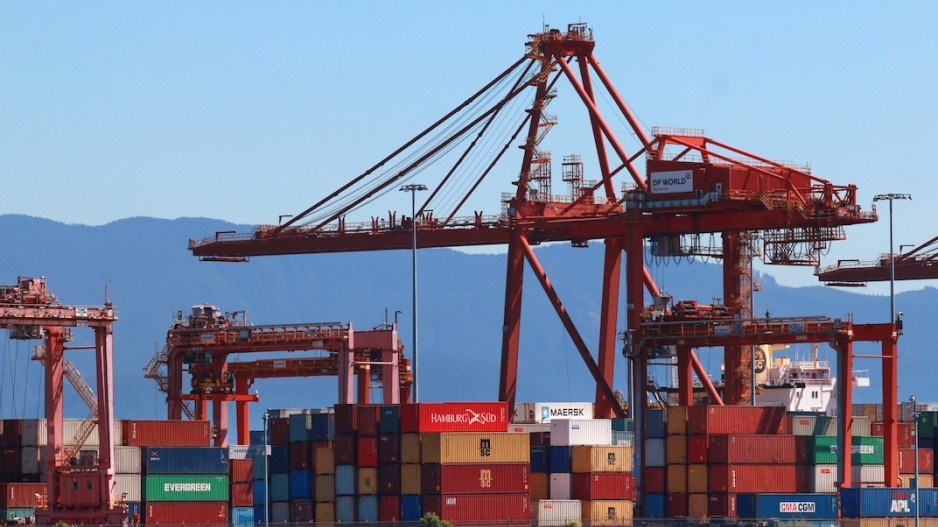What happened: The federal government will invest $102 million in B.C. trade-related infrastructure.
Why it matters: The National Trade Corridors Fund investment provides "desperately needed" infrastructure support and will ultimately help get Canadian goods to international markets.
The Surrey Board of Trade (SBOT) said it “applauds” the federal government’s plans, announced earlier this week, to invest $102 million in five infrastructure projects that aim to increase efficiency at Port of Vancouver facilities and boost the movement of Canadian goods to international markets.
“This is a positive step forward in infrastructure investments that are desperately needed, especially in British Columbia, to keep pace with the free trade agreements that are being signed by the Canadian government,” SBOT CEO Anita Huberman told Business in Vancouver.
The board of trade said through a statement that it wrote a letter of support for these projects and provided advocacy support. Huberman said the organization also presented to the Canadian Environmental Assessment Agency in May of this year in support of the proposed Roberts Bank Terminal 2 project.
The projects announced this week, which will be financed through the National Trade Corridors Fund, are expected to create an estimated 2,320 jobs in the region during construction, according to a Transport Canada news release.
They include a $42.7 million overhaul of the Annacis Auto Terminal and the Richmond Terminal, a $12.2-million improvement of road and rail traffic operations within the Fraser Surrey Port Lands, $39.4 million dedicated to reducing congestion in the Portside/Blundell corridor in Richmond, $6 million put toward developing real-time dashboards for the ports of Vancouver and Prince Rupert, and $1.6 million dedicated to evaluating the viability of short sea shipping in Greater Vancouver.
Federal Minister of Transport Marc Garneau announced the investments in Vancouver on June 23, saying through a statement that the government is “supporting projects to efficiently move goods to market and people to their destinations, stimulate economic growth, create quality middle-class jobs, and ensure that Canada’s transportation networks remain competitive and efficient.”
Huberman said the planned investments are “a good beginning,” but added that “more needs to be done.”
“There needs to be an understanding, not only by policymakers but the general business community and residents, about how important infrastructure investments are to jobs and to our economy,” she said.
“No longer can we just function in a domestic economy, we must function in a global economy.... It’s all of us working together, collaborating and ensuring that we continue that dialogue and those investments that are needed not only in Surrey but in all of British Columbia.”
The government’s decision to invest in infrastructure for Canada’s busiest port, responsible for handling 147.1 million tonnes of cargo in 2018, is partly in response to shifts in international trade.
According to Statistics Canada data, the United States remains the country’s main trade partner, accounting for $741.4 billion in trade during 2018 – nearly two-thirds of Canada’s total trade activity. But trade with Canada’s southern neighbour isn’t growing as fast as it is with other regions of the world.
From 2015 to 2018, trade with the United States grew by only 6.7%, while trade with Asia grew by 18.9% to $199.2 billion and trade with the European Union grew by 19% to $118.1 billion.




